Full-frame cameras — you’ve probably heard the term thrown around, especially in photography circles, but what does it really mean? And more importantly, why should you care? In the simplest terms, a full frame camera is one with a sensor size equivalent to 35mm film. The larger sensor offers numerous advantages, from improved image quality to enhanced low-light performance. But that’s just scratching the surface. Let’s look deeper into the world of full-frame cameras and their many benefits.
What are Full Frame Cameras Defined By?
First, let’s define full frame camera
Now that we've set the groundwork, let's dive straight in to define a full-frame camera.
FULL FRAME CAMERA DEFINITION
What is a full frame camera?
Full frame cameras are digital single-lens reflex (DSLR) or mirrorless cameras equipped with an image sensor that matches the size of a classic 35mm film frame, which measures 36mm x 24mm. The term "full frame" refers to this similarity in size to 35mm film. This distinction sets these cameras apart from other digital cameras, which often use smaller image sensors. These larger sensors are what contribute to the superior image quality and performance often associated with full frame cameras. Full frame cameras are a favorite among professional photographers for their ability to capture more detail and offer better performance in low-light conditions.
Advantages of Full Frame Cameras:
- Superior image quality
- Exceptional low light performance
- Increased depth of field
- Greater detail capture
What Are Full Frame Cameras in Origin?
Origin of Full Frame Cameras
The concept of the full frame camera is rooted in the history of photography itself. It pays homage to the traditional 35mm film which has been a standard in the industry since the early 20th century. The inception of the full frame digital camera was a response to the need for a digital equivalent to the 35mm film format, which was renowned for its superior image quality and versatility.
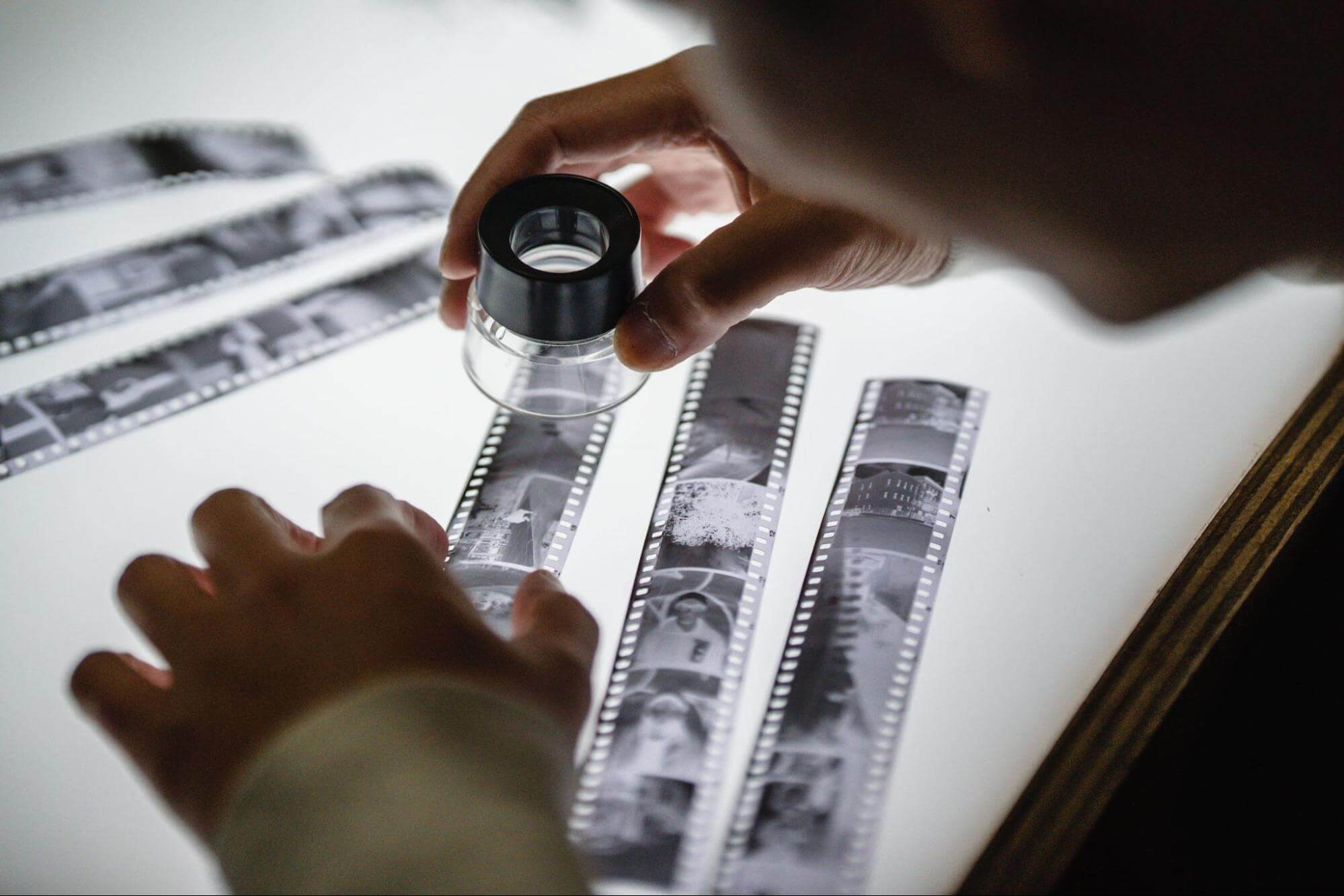
35mm Film Photography
When digital photography began to gain popularity and the debate between film vs digital photography began, the smaller sensors that were typically used couldn't match the breadth and detail captured by 35mm film. Thus, the full frame camera was born.
It was designed to emulate the 35mm format, leveraging a sensor that matched the 35mm's dimensions, and thereby capturing the same breadth of scenery and level of detail.
Full frame cameras have had a significant impact on the field of photography. They've truly revolutionized digital photography by delivering exceptional image quality and detail, even in challenging low light conditions.
With reduced noise and enhanced clarity, photographers can capture stunning shots like never before.
This video by Nick Carver breaks down the defining characteristics of a full frame DSLR camera and why one might choose to shoot with one.
What Is a Full Frame DSLR Camera?
These cameras also offer a wider field of view, unlocking new creative possibilities and perspectives. They seamlessly blend timeless techniques with modern technology, bridging the gap between the legacy of 35mm film and the digital era.
Related Posts
Pros of Full Frame Photography
Advantages of Full Frame Cameras
The full frame camera boasts many advantages. Each of these areas benefits immensely from the larger full frame sensor, making them a favored choice among professionals.
Superior Image Quality
Full frame cameras deliver superior image quality due to their larger sensors, which allow for bigger pixels. Bigger pixels can capture more light and detail, resulting in sharper, higher-resolution images.
Renowned photographer, Annie Leibovitz, known for her vividly detailed portrait photography, often shoots with full frame cameras to utilize their superior image quality.
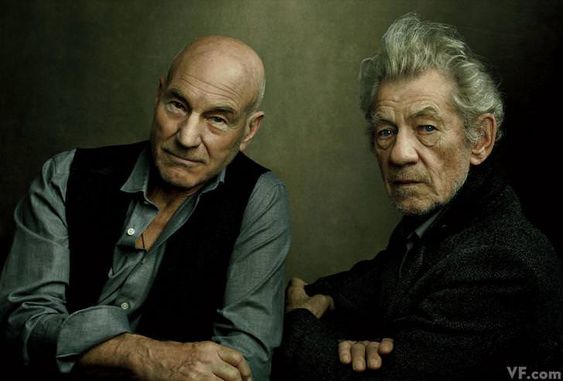
Patrick Stewart and Ian McKellen photographed by Annie Leibovitz
Exceptional low-light performance
The camera's larger sensor allows for greater light sensitivity, providing exceptional low light performance.
Renowned night sky photographer, Michael Shainblum, leverages this advantage of a full frame to capture stunning celestial images under low light conditions.
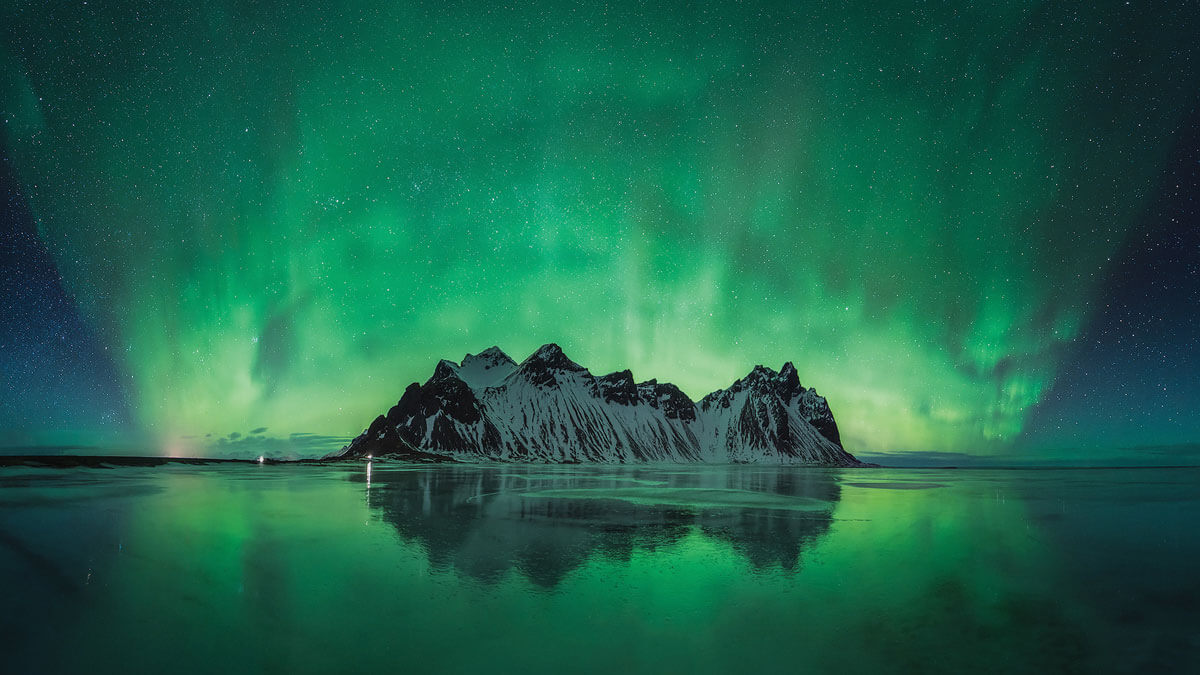
Photo by Michael Shainblum
Increased Depth of Field
A full frame sensor also offers increased depth of field, allowing photographers to create a beautiful bokeh effect, where the subject is in sharp focus while the background is blurred.
This effect is often used by portrait photographer, Steve McCurry, known for his 'Afghan Girl' portrait, to emphasize the subject while adding an artistic touch to the background.
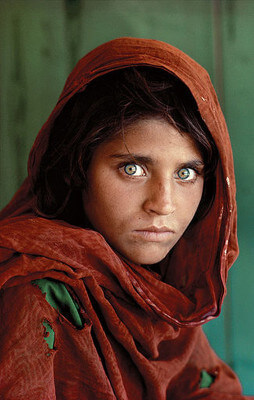
Photo of Sharbat Gula by Steve McCurry
Greater Detail Capture
Lastly, the larger sensor allows for greater detail capture. This is particularly beneficial for photographers like Jimmy Nelson, who captures intricate details in his portraits of indigenous cultures.
The full frame's superior detail capture allows him to showcase the nuanced beauty of his subjects.
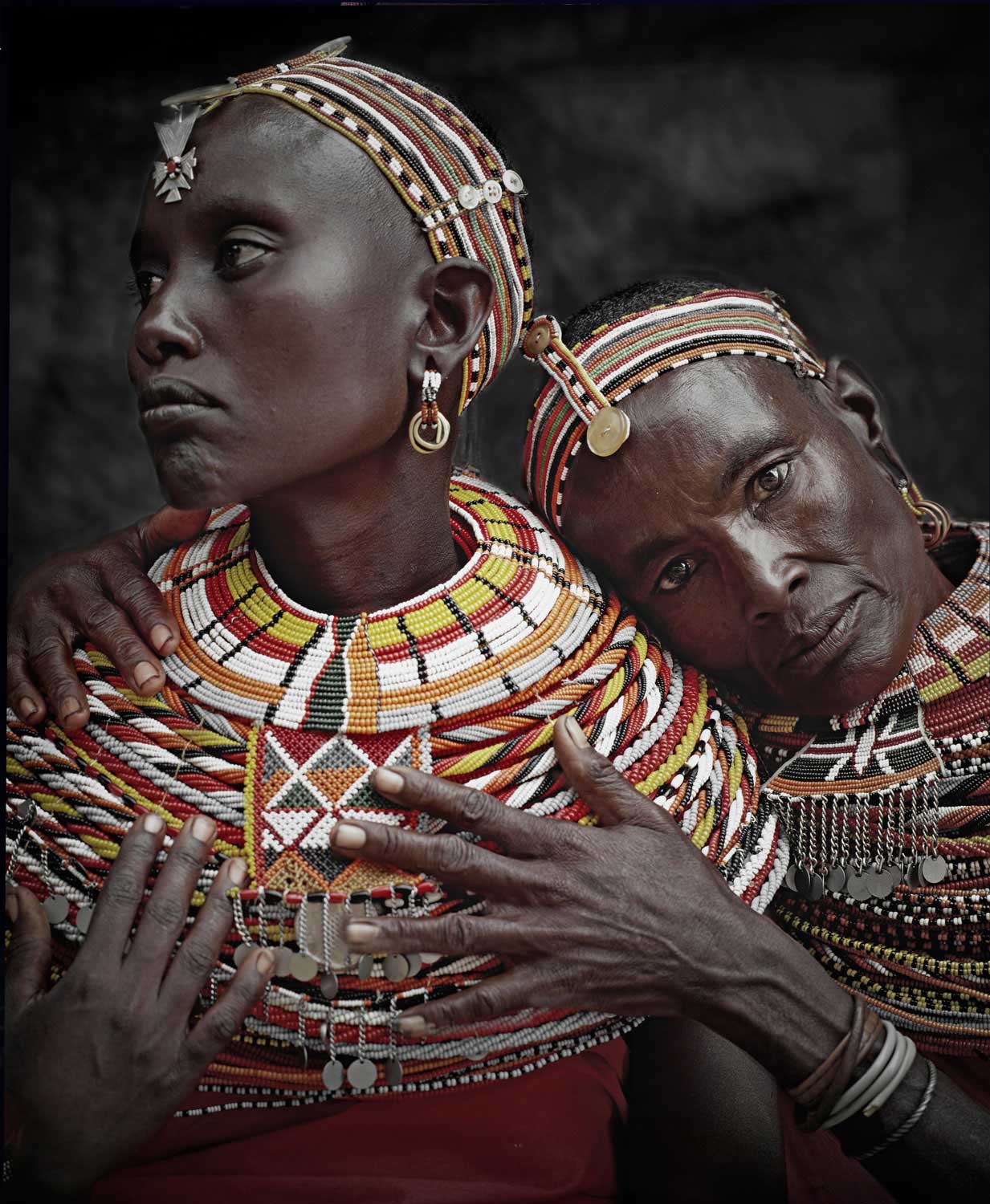
Samburu Tribe, Kenya Photographed by Jimmy Nelson
With these cameras, photographers can capture breathtaking, high-quality images in various environments and conditions.
Photography, like many art forms, evolves as a craft with technology. The full frame camera is an example of technology has unlocked new creative possibilities, expanding the art of photography to limitless expressions.
Up Next
What is a DSLR Camera?
In our next article, we’ll look deeper into the digital photography realm and demystify the mechanisms, benefits, and unique features of DSLR cameras, a tool that many professional photographers swear by.
Up Next: DSLRs Explained →
Showcase your vision with elegant shot lists and storyboards.
Create robust and customizable shot lists. Upload images to make storyboards and slideshows.
